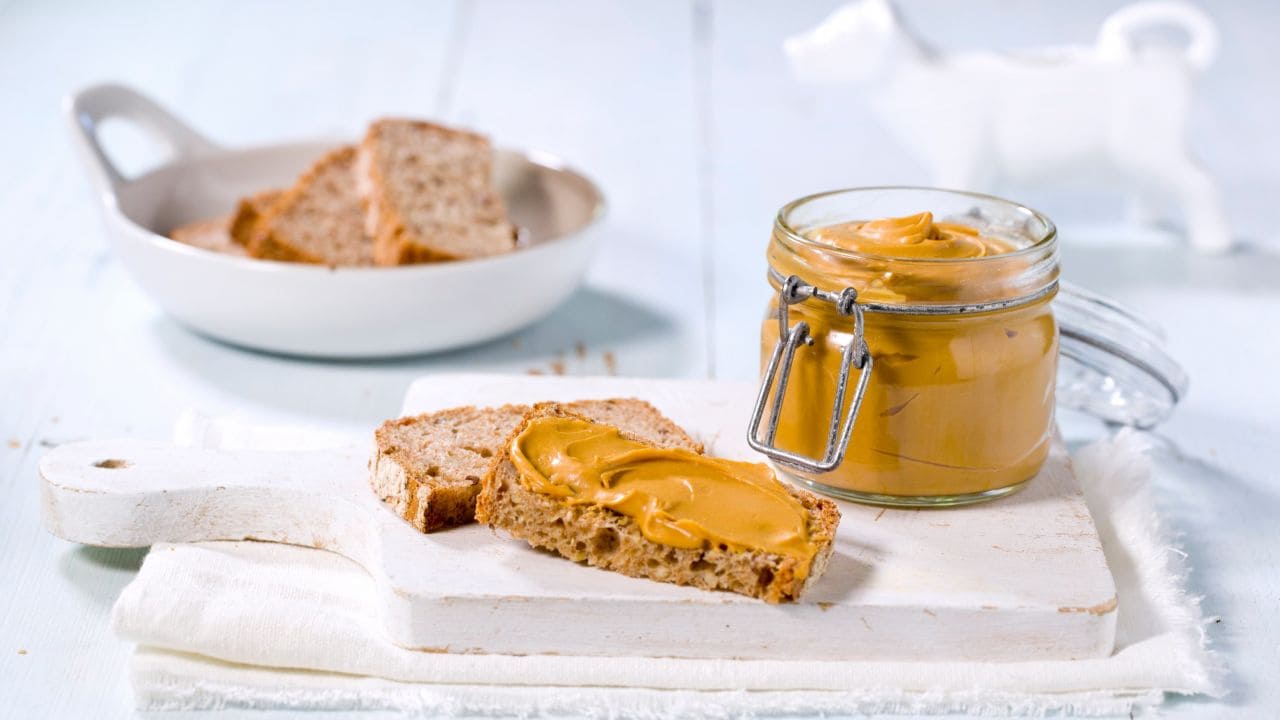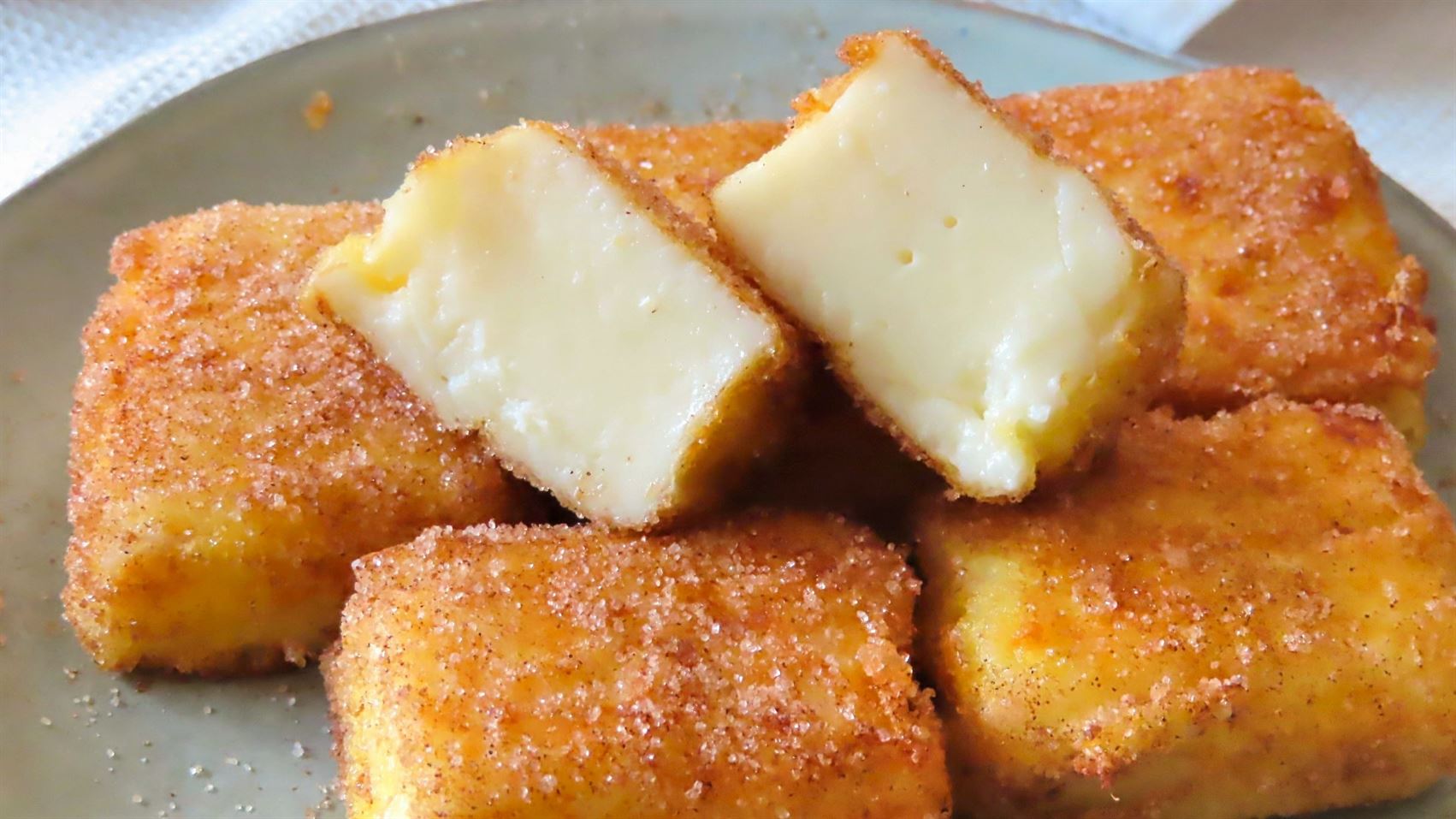The Manila Galleon, also called Nao de China, was the name by which the Spanish ships that crossed the Pacific Ocean once or twice a year between Manila (Philippines) and the ports of New Spain in America, mainly Acapulco, were known. Bahía de Banderas (Nayarit), San Blas (Nayarit) and Cabo San Lucas (Baja California Sur). The name of the galleon varied according to the destination city.
The service was opened in 1565 by the Spanish sailor and friar Andrés de Urdaneta, after discovering the tornaviaje or route back to New Spain through the Pacific Ocean, thanks to the east-facing Kuroshio current
The other great Spanish trade route was that of the Fleet of the Indies that crossed the Atlantic Ocean between Veracruz, Cartagena de Indias, Portobelo, Havana and Seville or Cádiz. Part of the eastern merchandise of the Manila Galleon landed in Acapulco were in turn transported by land to Veracruz, where they embarked in the Indian fleets bound for Spain. For this reason, the ships that sailed from Veracruz were loaded with merchandise from the East from the commercial centers of the Philippines, plus the precious metals and natural resources of Mexico, Central America and the Caribbean.
https://es.wikipedia.org/wiki/Galeón_de_Manila
I see "dulce de leche" and its expansion in this context and moment I could not tell you why, but on this specific occasion I am convinced by this version




